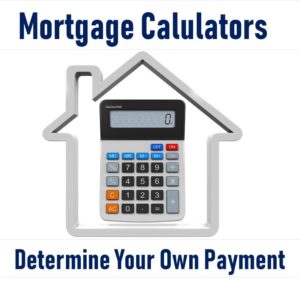
Refinancing Details
The majority of this website and it’s content is geared towards purchase loans mainly because the home buying process is the similar to that of a refinance loan and because buyers typically have more questions than property owners. That said, here are a few sections that are specific to refinancing.
How to Figure Out When It Makes Sense to Refinance Your Mortgage
Refinance your mortgage when doing so will save money or give you financial flexibility.
Here’s how to determine whether you will benefit by refinancing your mortgage.
2 major types of refinances are:
- Rate-and-term refinancing to save money. Typically, you refinance your remaining balance for a lower interest rate and a term you can afford. (The term is the number of years it will take to repay the loan.)
- Cash-out refinancing, in which you take out a new mortgage for more than you owed. You take the difference in cash or you use it to pay off existing debt.
Other reasons people refinance: to replace an adjustable-rate mortgage with a fixed-rate loan, to settle a divorce or to eliminate FHA mortgage insurance.
Breaking even
Mortgage closing costs can total thousands of dollars. To decide whether a refinance makes sense, calculate the break-even point — the time it will take for the mortgage refinance to pay for itself.

If you plan to keep the house for less than the break-even time, you probably should stay in your current mortgage.
Mind the term in rate-and-term
The formula above doesn’t measure your total savings over the life of the new mortgage. A refinance can cost more money in the long run if you start your new loan with a 30-year term.
Example:
Jim has been paying $998 a month for 10 years. If Jim doesn’t refinance, the payments will total $239,520 over the next 20 years.
After refinancing, Jim could pay $697 a month to repay the new loan in 30 years, $885 a month to pay it off in 20 years, or $.
- $697 x 360 months = $250,920
- $885 x 240 months = $212,400
In the example above, Kris borrowed $186,000 at 5%. 10 years later, Kris had a remaining balance of $146,000, and refinanced at 4%.
- See what happens when you input different mortgage terms (in years or months).
- Reveal the amortization schedule to see how much total interest you would pay.
Good credit can save you thousands on your mortgage.
Cash-out refinances
Cash-out refinances often are used to pay down debt. They have pros and cons.
Imagine that you use a cash-out refinance to pay off credit card debt. On the pro side, you’re reducing the interest rate on the credit card debt. On the con side, you may pay thousands more in interest because you’re taking up to 30 years to pay off the balance you transferred from your credit card to your mortgage.
But the biggest risk in this scenario is in converting an unsecured debt into a secured debt. Miss your credit card payments, and you get nasty calls from debt collectors and a lower credit score.
Miss mortgage payments, and you can lose your home to foreclosure. Home equity debt that’s added to the refinanced mortgage always was secured debt.







Leave a Reply